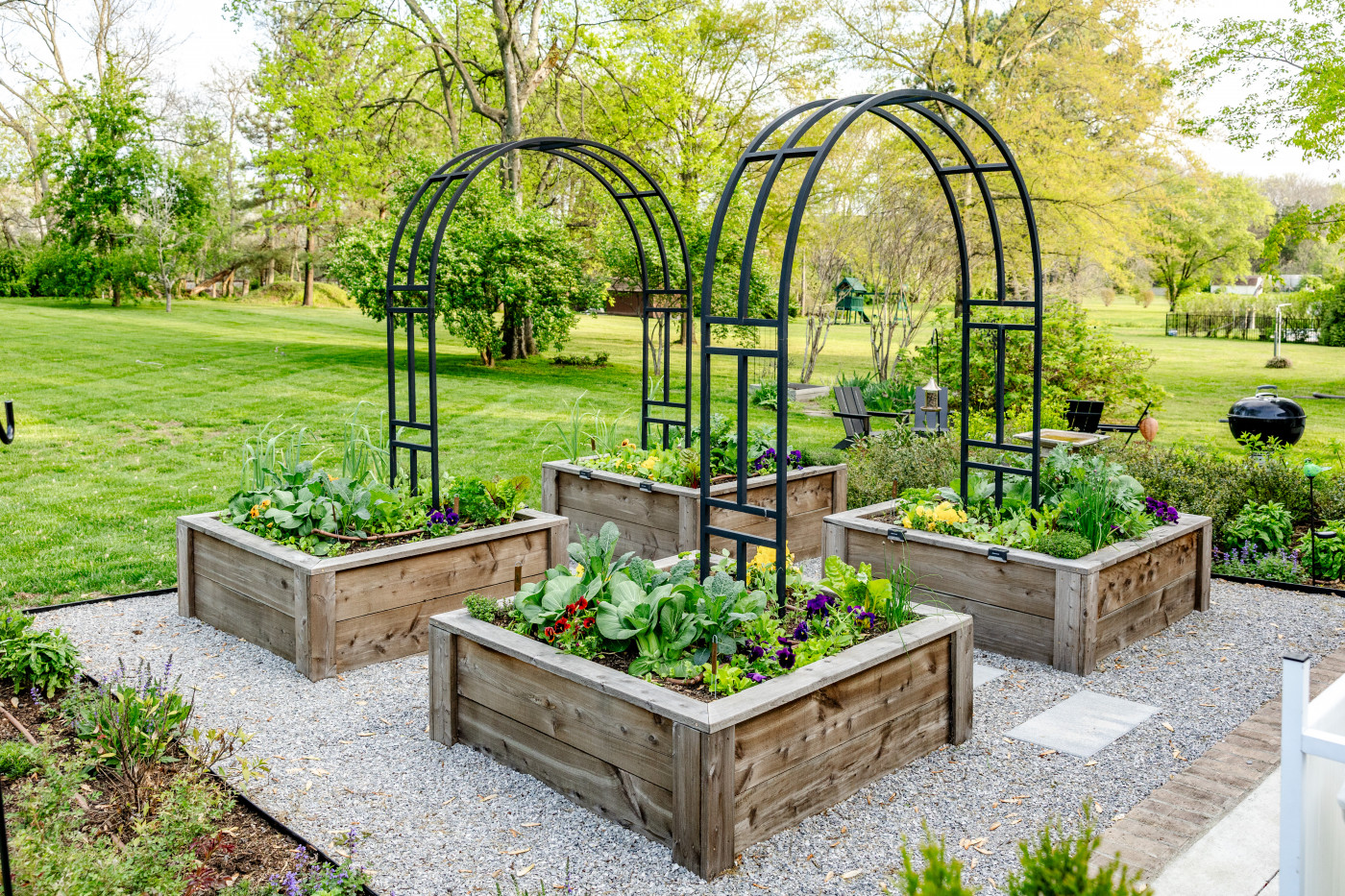Introduction
Growing a garden at home is a rewarding way to connect with nature, improve your diet, and boost your mental well-being. Whether you have a spacious backyard or just a small balcony, cultivating your own plants is possible and fulfilling. This article covers everything from choosing the right plants to maintaining your garden efficiently. You’ll learn expert strategies, practical tips, and essential knowledge to successfully grow a garden at home.
Why Grow a Garden at Home?
Home gardening offers numerous benefits beyond just fresh produce. Studies show that gardening can reduce stress, improve mood, and increase physical activity. Additionally, growing your own fruits, vegetables, and herbs ensures you have access to organic, pesticide-free food. It also helps reduce your carbon footprint by cutting down on food transportation and packaging waste.
Key Benefits:
– Access to fresh, nutritious food
– Improved mental and physical health
– Environmental sustainability
– Cost savings on groceries
How to Start Your Home Garden
Assess Your Space and Light
Before planting, evaluate your available space and sunlight exposure. Most vegetables and herbs require at least 6 hours of direct sunlight daily. If you have limited space, consider container gardening or vertical gardens that maximize area efficiency.
Choose the Right Plants
Select plants suited to your climate, soil, and available space. Beginners might start with easy-to-grow varieties like tomatoes, lettuce, basil, and radishes. Native plants often require less maintenance and are more resilient.
Prepare Quality Soil
Healthy soil is the foundation of a thriving garden. Use well-draining soil enriched with organic matter such as compost. Testing soil pH can help you adjust conditions for optimal plant growth.
Planting Tips
- Follow seed packet instructions for spacing and depth.
- Water gently after planting to avoid washing seeds away.
- Mulch around plants to retain moisture and suppress weeds.
Maintaining Your Home Garden Successfully
Watering Best Practices
Consistent watering is crucial. Most plants thrive with deep, infrequent watering rather than frequent shallow watering. Early morning is the best time to water to minimize evaporation and fungal growth.
Pest and Disease Management
Use natural pest control methods like companion planting and introducing beneficial insects such as ladybugs. Avoid harsh chemicals and opt for organic solutions to maintain a healthy garden ecosystem.
Fertilizing
Feed plants with balanced organic fertilizers during the growing season. Over-fertilizing can harm plants, so follow recommended application rates.
Pruning and Harvesting
Regularly prune dead or diseased leaves to encourage healthy growth. Harvest vegetables and herbs promptly to promote continuous production.
Advanced Tips for Thriving Gardens
Incorporate Companion Planting
Planting certain crops together can boost growth and reduce pests. For example, marigolds deter nematodes, and basil enhances tomato flavor.
Use Raised Beds or Containers
Raised beds improve drainage and soil quality control, ideal for urban gardeners. Containers allow mobility and flexibility in plant placement.
Utilize Vertical Gardening
Vertical gardening maximizes small spaces by growing plants upwards on trellises or walls. This method is perfect for climbing plants like beans and cucumbers.
Conclusion
Growing a garden at home is a fulfilling endeavor that offers fresh food, health benefits, and environmental rewards. By assessing your space, choosing appropriate plants, and maintaining your garden with care, you can create a thriving green space. Start small, stay consistent, and enjoy the process. Your home garden can become a sanctuary of growth and nourishment—both for your plants and yourself.
